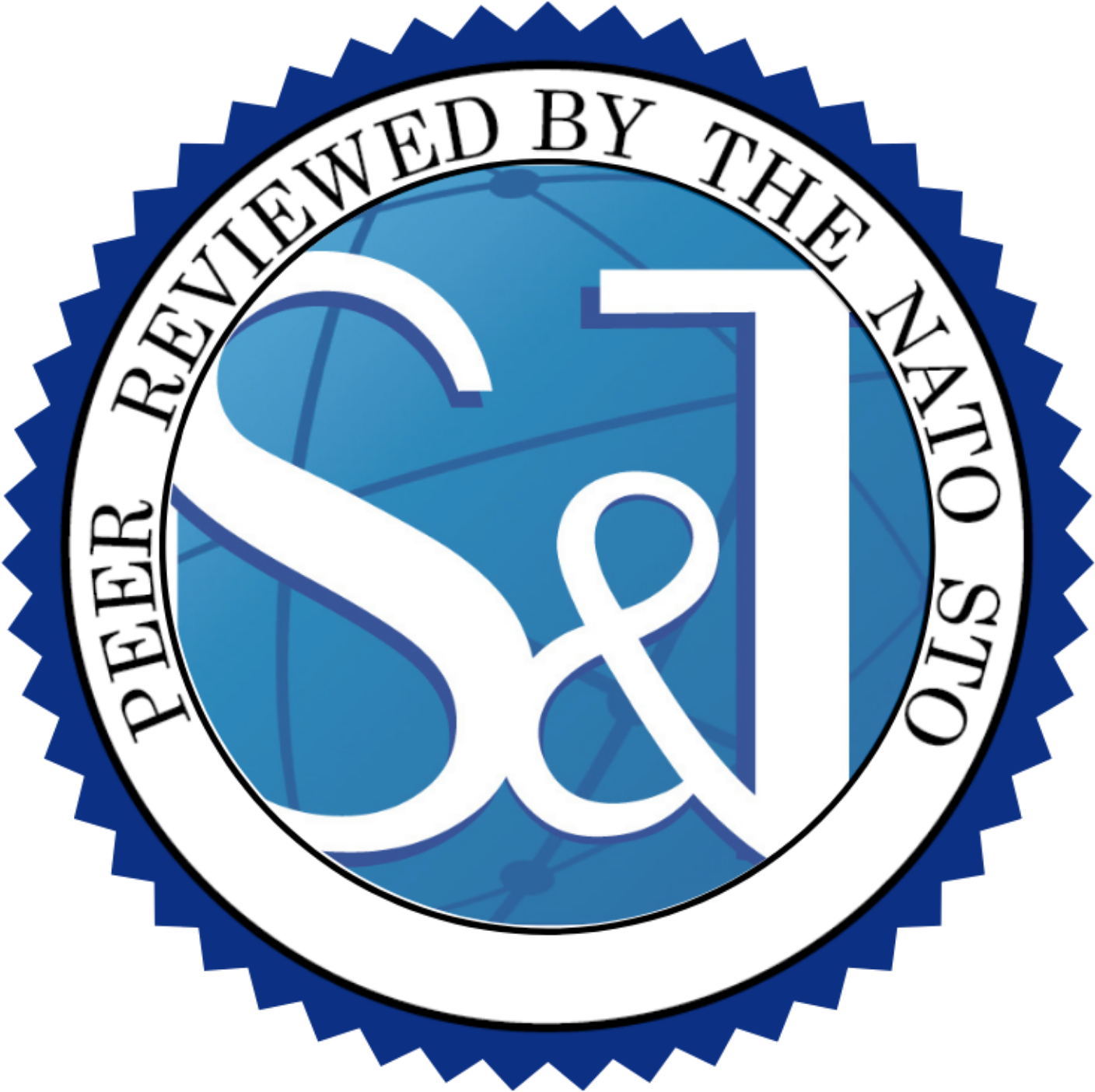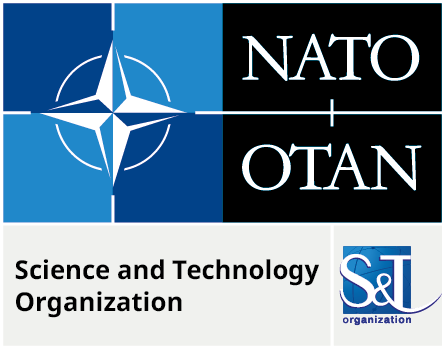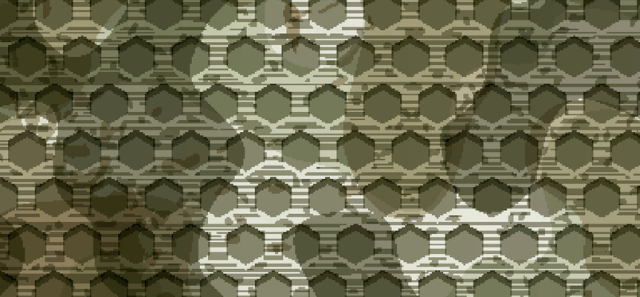Author(s): Teicht C.; Walter M.; Pappert S.; Fischer T.; Honke T.; Theiß D. ![]()

| ISSN: 3005-2092
In this work, the principal feasibility of a bispectral camouflage system based on switchable phase change materials (sPCM) and thermochromic coatings (TCC) was investigated.
Citation:
ABSTRACT
Traditional infrared (IR) signature management systems for camouflage are based on materials and systems with low emissivity or a high thermal convection coefficient. Combining these systems with phase change materials (PCM) opens new technical possibilities for camouflage systems in stationary and mobile applications. PCM are materials that store or release heat due to their melting or solidification enthalpy. Because of this phase change, PCM respond to heat input within a certain temperature range with minimal temperature change. This temperature range, usually only a few °C, is called the ‘latent range.’ The location of the latent range depends on the PCM used, and the amount of heat stored is in the order of 150 to 300 kJ/kg. When the melting and solidification behavior of PCM is only dependent on the ambient temperature and cannot be actively controlled, they are referred to as passive PCM.
DOWNLOAD FULL ARTICLE


